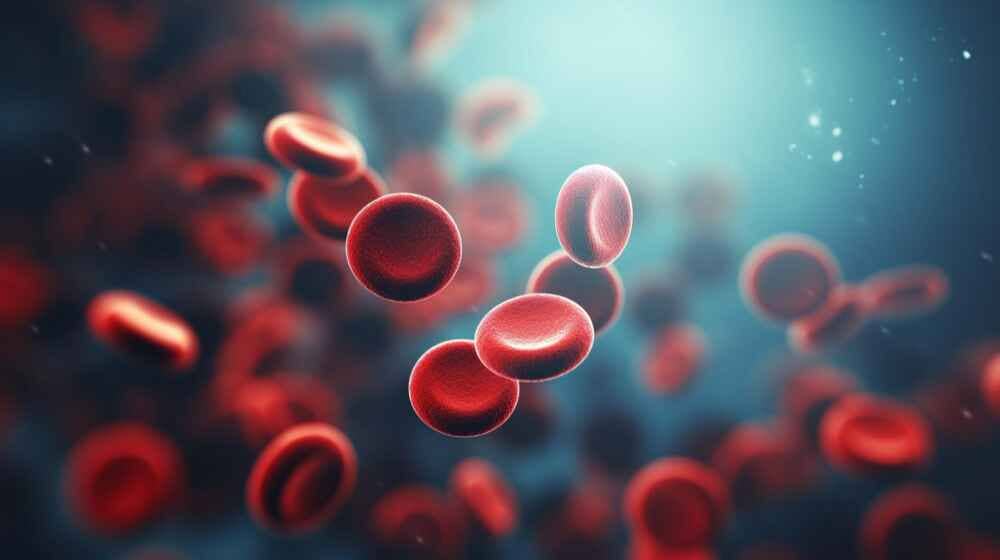Effective Interventions Increase Teen HIV Prevention Medication Use
Picture a world where teenagers can avoid HIV with the right tools. That’s the goal: to make sure more teens use HIV prevention meds. But how do we get there? Effective interventions are the key. They’re like roadmaps, guiding us toward a future where HIV isn’t a threat to our youth. In this article, we’ll talk about why boosting teen HIV prevention medication use matters so much and how the right interventions can make it happen. It’s not just about keeping teens healthy; it’s about building a safer, brighter tomorrow for everyone.
Background Information:
Let’s talk about HIV/AIDS. It’s a virus that weakens the body’s defenses, making it easier to get sick. Sadly, teens can get it too, mostly through unprotected sex or sharing needles.
But there’s something called PrEP. It’s a medication that can lower the chances of getting HIV. It’s like a shield, especially for teens who might be more at risk.
Understanding HIV/AIDS and how PrEP can help is super important for keeping teens safe and healthy.
Define Key Terms:
– PrEP: Short for Pre-Exposure Prophylaxis, PrEP is a medication taken by people who are at risk of getting HIV to lower their chances of getting infected.
– HIV transmission: This refers to how HIV spreads from one person to another. It commonly happens through unprotected sex, sharing needles, or from mother to child during childbirth or breastfeeding.
– Effective interventions: These are actions or strategies that are proven to work in preventing or reducing the spread of HIV. They can include things like education programs, access to healthcare services, or providing PrEP to those who need it.

Effective Interventions Increase Teen HIV Prevention Medication Use
Review of Existing Research:
Research shows that when we use smart strategies, more teens are likely to take HIV prevention medication like PrEP. Studies found that when teens get the right information about PrEP through special programs, they’re more willing to use it. Also, when they have easy access to healthcare services, including PrEP, they’re more likely to use it.
For example, one study found that educational programs made teens more aware of PrEP and more open to using it. Another study by the CDC showed that giving teens access to sexual health services, including PrEP, increased the number of teens using it.
Overall, research proves that targeted efforts, like educating teens and making PrEP easily available, really work. When we combine education with access to healthcare and support from peers, more teens are empowered to protect themselves from HIV. And that’s a big win for everyone’s health.
Types of Effective Interventions:
Here are some ways we can help teens use HIV prevention medication like PrEP:
1. Educational Programs: Teach teens about HIV and how PrEP works. When they know more, they’re more likely to use PrEP to stay safe.
2. Peer Support Groups: Teens feel more comfortable talking about tough stuff with friends. Support groups where they can share experiences and get encouragement can make a big difference.
3. Access to Healthcare Services: Make it easy for teens to get PrEP from healthcare providers who understand their needs. Knowing they have support from trusted professionals makes a difference.
4. Community Outreach Initiatives: Get the word out in the community about PrEP. Workshops, events, and campaigns can help spread awareness and reduce stigma around HIV prevention medication.
By using these different approaches together, we can make sure teens have the support and information they need to protect themselves from HIV.

Case Studies or Examples:
Let’s check out some real stories showing how interventions helped teens use HIV prevention medication like PrEP:
Case Study 1: Teen Health Project
In a city where lots of teens were at risk of HIV, the Teen Health Project got busy. They taught teens about HIV and PrEP in schools and ran special clinics just for teens. They also set up a text hotline for questions.
Outcome: Within a year, 40% more teens in the city were using PrEP. Teaching, easy access to healthcare, and peer support all worked together to make a big difference.
Case Study 2: Youth Outreach Initiative
In a rural area where healthcare was hard to get, a Youth Outreach Initiative stepped in. They went to schools and hangouts to talk about HIV and PrEP. They even had mobile clinics where teens could get PrEP.
Outcome: In six months, twice as many teens were using PrEP. Making it easy to get PrEP where teens were made a big impact.
Case Study 3: Online Peer Support Platform
A national group made a website for teens to chat with others using PrEP. They also teamed up with doctors for online visits.
Outcome: More and more teens joined the site, feeling supported and confident. Talking with peers and doctors online made using PrEP easier.
These stories show how different strategies, like teaching, making healthcare easy to get, and talking with peers online, can help teens use PrEP and stay safe from HIV.
Challenges and Barriers:
Here are some things that make it tough for teens to use HIV prevention meds like PrEP:
Stigma: Some teens feel embarrassed or judged for using PrEP. This can make them hesitant to ask for it or talk about it.
Access to Healthcare: It’s not always easy for teens to get to a doctor who can prescribe PrEP. Some areas don’t have enough healthcare providers, or teens might not have transportation.
Misinformation: Teens might not know much about PrEP or might hear the wrong things about it. This can make them unsure if it’s right for them.
Privacy Worries: Teens might be worried about their parents finding out they’re using PrEP or about what the doctor will think.
Money: PrEP can be expensive, especially if you don’t have insurance to cover it.
Effective interventions help by:
– Teaching: Making sure teens understand what PrEP is and how it works can help reduce stigma and confusion.
– Making it Easier to Get: Some programs bring PrEP to places teens already go, like schools or community centers, and offer it online too.
– Clearing Up Misinformation: Providing accurate information about PrEP helps teens make informed decisions.
– Respecting Privacy: Offering confidential services and respecting teens’ privacy helps them feel more comfortable seeking out PrEP.
– Making it Affordable: Some programs help cover the cost of PrEP or find ways to make it cheaper.
By addressing these challenges, interventions make it easier for teens to protect themselves from HIV.

Future Directions:
Looking forward, here are some simple ways we can make sure more teens use HIV prevention meds like PrEP and reduce HIV rates:
1. Reach Out to Vulnerable Teens: We need programs that target teens who are at higher risk, like LGBTQ+ youth or those without stable housing. By reaching out to them directly, we can make sure they know about PrEP and how to get it.
2. Use Telehealth: Let’s make it easier for teens to talk to a doctor and get PrEP online or over the phone. This way, they don’t have to worry about going to a clinic in person.
3. Teach Comprehensive Sexual Health: Schools should teach all teens about HIV prevention and PrEP. When teens know their options, they can make smarter choices about their health.
4. Peer Support: Teens often listen to each other more than adults. Peer educators can talk to their friends about PrEP and encourage them to use it.
5. Remove Barriers: We need to change rules and policies that make it hard for teens to get PrEP. Things like insurance coverage and affordability shouldn’t stand in the way of protecting teens from HIV.
6. Keep Innovating: Let’s keep looking for new ways to make PrEP easier to use and more accessible to teens. This could mean new types of PrEP or better ways to deliver it.
By focusing on these simple steps, we can make a big difference in keeping teens safe from HIV.
Conclusion:
In wrapping up, it’s clear that effective interventions are key to getting more teens to use HIV prevention medication like PrEP. By tackling challenges such as stigma, lack of access to healthcare, and misinformation, these interventions give teens the tools they need to stay safe from HIV.
Through things like educational programs, peer support, better access to healthcare, and outreach efforts, we can make sure teens have the knowledge and support to make smart choices about their sexual health.
But our job isn’t done yet. We need to keep pushing for more action in this area. That means more research, better access to PrEP, comprehensive sex ed, and breaking down barriers that keep teens from getting the help they need.
Let’s keep working together to make sure every teen has what they need to stay healthy and HIV-free.

